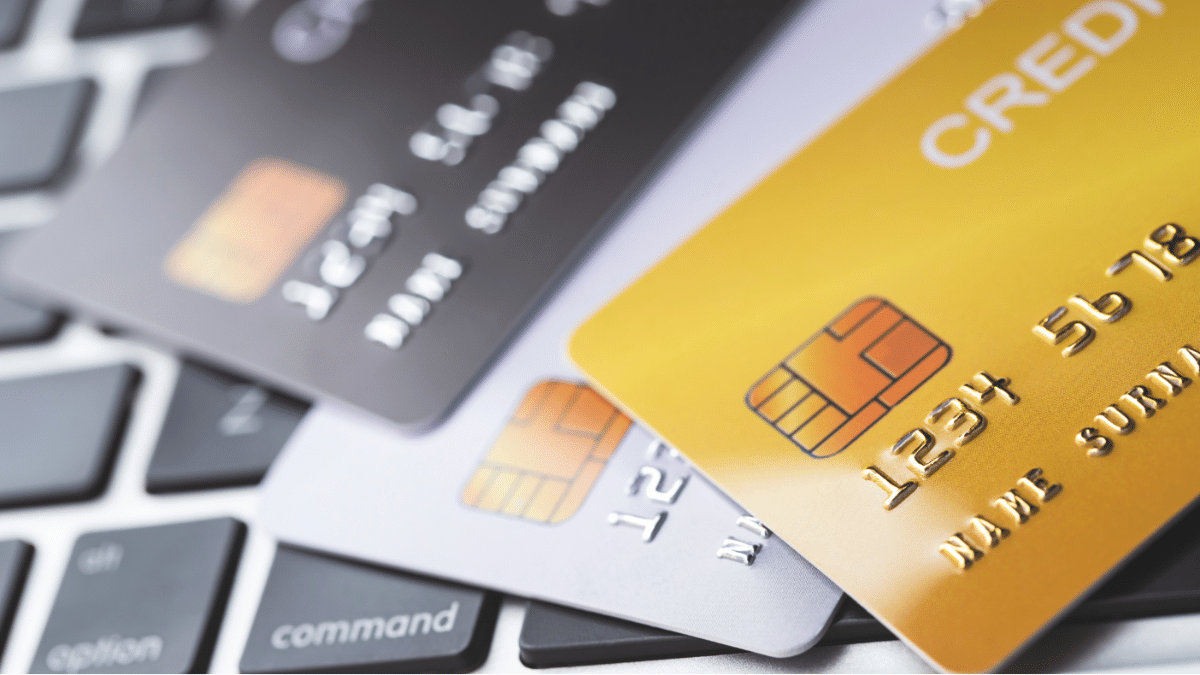Contents
- Why Online Card Safety Matters
- Use Trusted Websites Only
- Avoid Public Wi-Fi for Transactions
- Enable Two-Factor Authentication
- Use Strong, Unique Passwords
- Monitor Your Transactions Regularly
- Don’t Save Card Details on Every Site
- Watch Out for Phishing Scams
- Keep Your Devices Updated
- Use Virtual or Prepaid Cards When Possible
- Educate Yourself and Stay Aware
- Final Thoughts: Control Equals Confidence
Why Online Card Safety Matters
Shopping online is quick and convenient, but it also comes with risks. Every time you enter your card details on a website, there’s a chance those details could be stolen. Hackers and scammers are always looking for new ways to access personal and financial information. That’s why protecting your bank card online is more important than ever. Whether you’re buying clothes, booking a flight, or topping up your Blackcat Wallet, knowing how to stay secure is key.
Use Trusted Websites Only
Not all websites are safe for online shopping. Before entering your card details, check the site’s URL. It should start with “https://”—the “s” means it’s using a secure connection. Also, look for a padlock icon in the address bar. Stick to websites you recognize or have used before. If you’re exploring a new store, search for reviews or ratings first. A secure website reduces the chances of your information being intercepted or misused.
Avoid Public Wi-Fi for Transactions
Public Wi-Fi networks, like those at cafes or airports, may be convenient—but they’re also easy targets for cybercriminals. When you’re connected to an unsecured network, hackers can intercept your data, including your card information. Never log in to your bank or use your card to make purchases while on public Wi-Fi. If you need to use the internet while out, consider using mobile data or a virtual private network (VPN) for added protection.
Enable Two-Factor Authentication
Two-factor authentication (2FA) adds a second layer of security to your online accounts. It usually means entering a code sent to your phone or email after typing in your password. Many banks and wallet services, including Blackcat Wallet, offer 2FA to help protect your money. Even if someone gets your password, they won’t be able to access your account without the second code. Always activate this feature wherever it’s available.
Use Strong, Unique Passwords
It might be tempting to use the same password for multiple accounts, but doing so puts all your information at risk. If one site gets hacked, all your accounts could be compromised. Create strong passwords with a mix of letters, numbers, and symbols. Avoid using easy-to-guess details like birthdays or names. A password manager can help you keep track of complex passwords so you don’t have to remember them all.
Monitor Your Transactions Regularly
One of the simplest ways to catch fraud early is by checking your bank or Blackcat Wallet transactions often. Set up alerts for any activity on your card or wallet so you can be notified instantly of purchases or withdrawals. If you see anything unusual—like a charge you didn’t make—report it to your bank or wallet provider right away. Quick action can prevent further damage and help you recover any lost funds.
Don’t Save Card Details on Every Site
Many online stores offer to save your card details for faster checkouts in the future. While convenient, this also creates more chances for your card to be stolen if the website is hacked. Instead of storing your information on multiple sites, use a secure digital wallet like Blackcat Wallet. It allows you to make payments without exposing your card number directly, adding an extra layer of protection.
Watch Out for Phishing Scams
Phishing is when someone pretends to be a trusted company—like your bank or a payment service—to trick you into sharing your personal details. These scams often come through email or text and can look very real. Be cautious with messages asking for urgent action, such as “verify your account” or “confirm your payment.” Always double-check the sender’s email address and never click suspicious links. If in doubt, go directly to the company’s website or app to check your account.
Keep Your Devices Updated
Your phone, tablet, or computer is your first line of defense when shopping online. Make sure your devices are updated with the latest software and security patches. Updates often fix known security bugs that hackers exploit. Also, install a trusted antivirus or security app that can alert you to suspicious activity or unsafe websites. If you use apps like Blackcat Wallet, keep them updated too for maximum protection.
Use Virtual or Prepaid Cards When Possible
Some banks and wallet services offer virtual or prepaid cards specifically for online shopping. These cards are not connected directly to your main bank account, so even if your details are stolen, the damage is limited. Blackcat Wallet users can take advantage of these tools to add an extra barrier between their funds and potential threats. Using a virtual card with a set spending limit is a smart way to reduce risk while shopping online.
Educate Yourself and Stay Aware
The world of online security is always changing. Scammers are constantly coming up with new tricks, so staying informed is one of your best defenses. Follow trusted tech blogs, use alerts from your bank, or subscribe to platforms like Blackcat Wallet that share safety tips. Awareness can often mean the difference between avoiding a scam or falling for one.
Final Thoughts: Control Equals Confidence
Keeping your bank card safe online isn’t about being paranoid—it’s about staying in control. Small habits like using secure websites, avoiding public Wi-Fi, and reviewing your statements can go a long way. With tools like Blackcat Wallet, you can enjoy convenience and protection at the same time. The more you take charge of your online security, the more confident and stress-free your digital life becomes.

